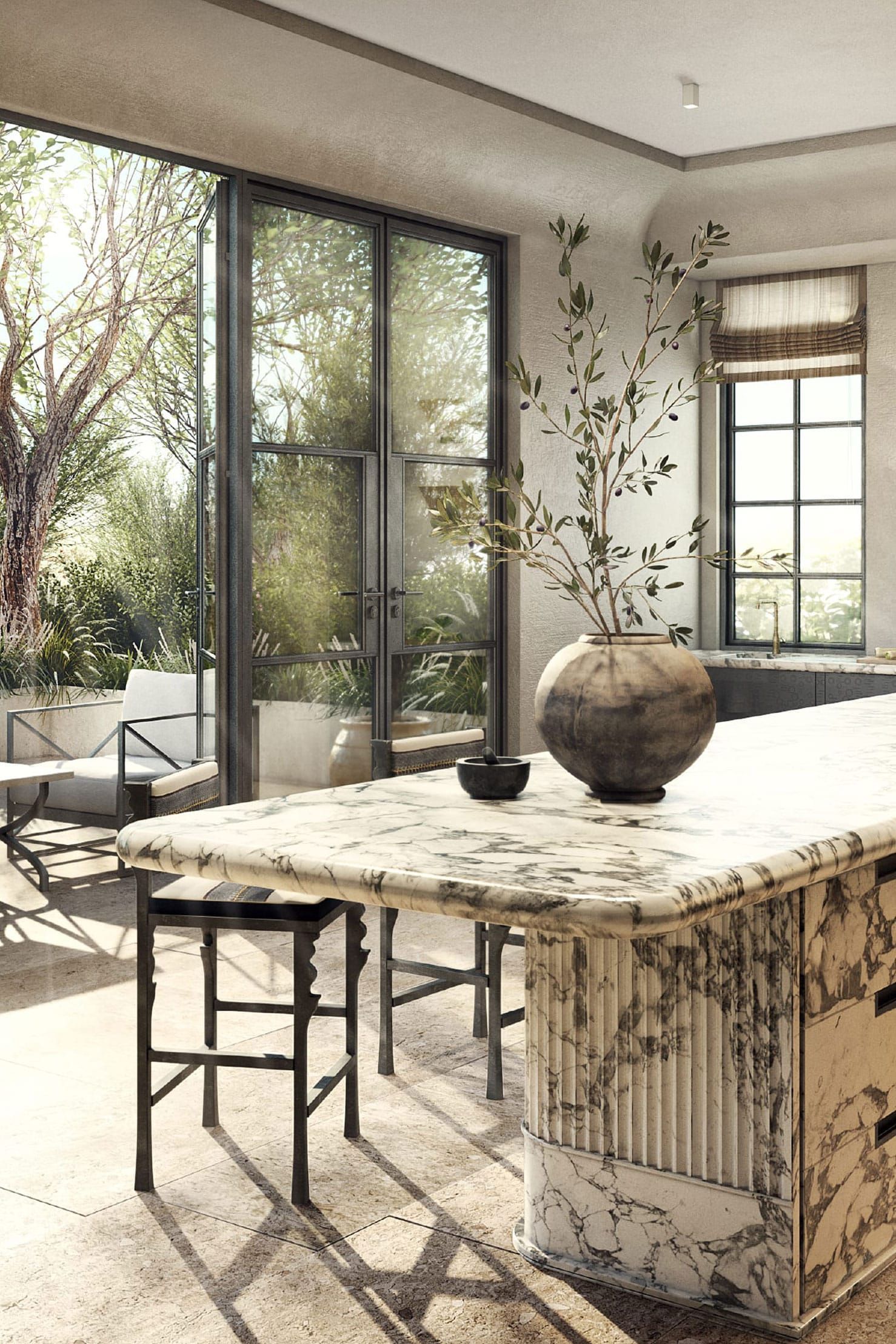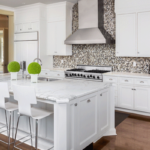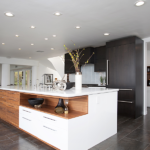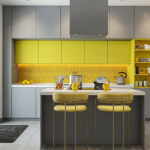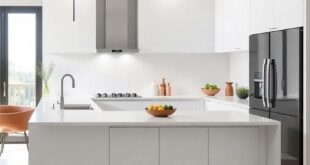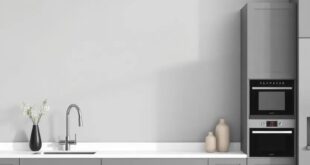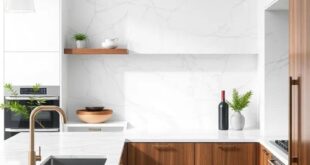The kitchen island has become a staple in modern kitchen design, offering both practicality and style to any home. This versatile piece of furniture not only provides extra storage and counter space but also serves as a focal point for socializing and entertaining. With countless design options available, homeowners can customize their kitchen island to suit their needs and aesthetic preferences.
One of the key considerations when designing a kitchen island is its size and shape. The size of the island should be proportionate to the size of the kitchen, ensuring that it does not overwhelm the space. Rectangular islands are the most common choice, providing ample counter space for food preparation and serving. However, L-shaped or curved islands can be a more creative alternative, fitting seamlessly into unique kitchen layouts.
In addition to size and shape, the material used for the kitchen island can greatly influence its overall look and feel. Popular choices include wood, granite, marble, and stainless steel, each offering its own set of benefits. Wood adds warmth and character to the kitchen, while granite and marble provide a luxurious and durable surface for cooking and dining. Stainless steel is a sleek and contemporary option that is easy to clean and maintain.
Another important aspect of kitchen island design is storage. Incorporating drawers, cabinets, and open shelving into the island allows for efficient organization of kitchen essentials, such as pots, pans, utensils, and pantry items. Consider incorporating features such as built-in wine racks, spice racks, or even a dedicated area for storing cookbooks to further enhance the functionality of the island.
When it comes to seating, the kitchen island offers a perfect opportunity to create a casual dining area within the kitchen. Whether it’s a row of bar stools or a built-in bench, adding seating to the island encourages social interaction and provides a convenient spot for informal meals and gatherings.
Finally, don’t forget to consider lighting when designing your kitchen island. Pendant lights, recessed lighting, or under-cabinet lighting can all help to illuminate the island and create a welcoming ambiance in the kitchen. Task lighting above the island can also make food preparation easier and more efficient.
In conclusion, the kitchen island is a versatile and practical addition to any kitchen. By carefully considering factors such as size, shape, material, storage, seating, and lighting, homeowners can create a stunning and functional island that enhances both the aesthetics and functionality of their kitchen. Whether you’re looking to increase storage space, create a gathering spot for family and friends, or simply elevate the design of your kitchen, the kitchen island is a versatile and customizable option that can help you achieve your goals.
 Decorationg Interior Design
Decorationg Interior Design
